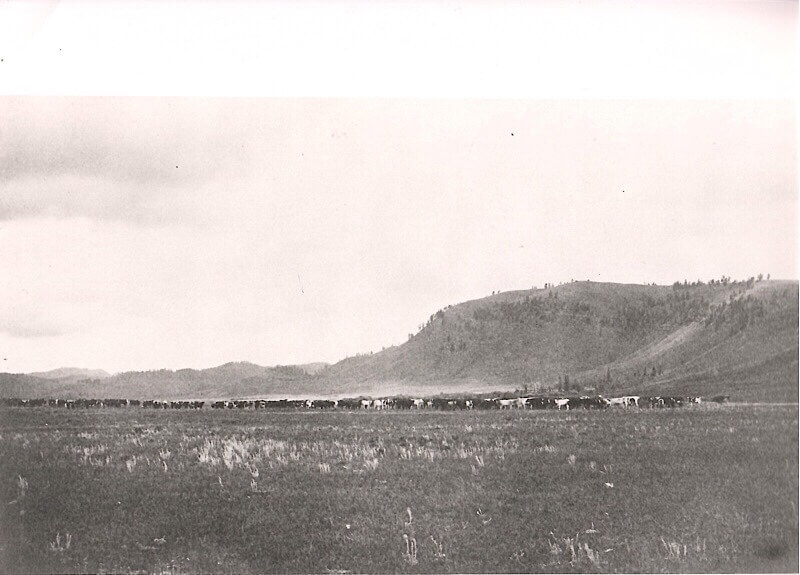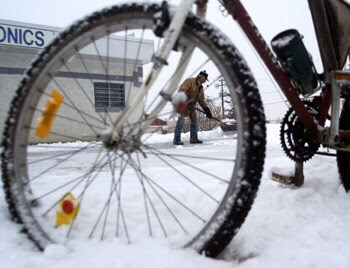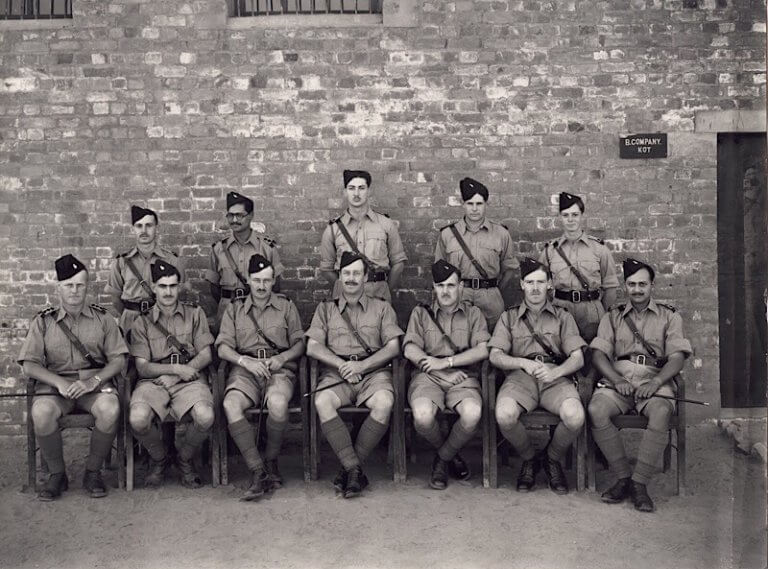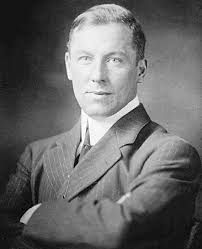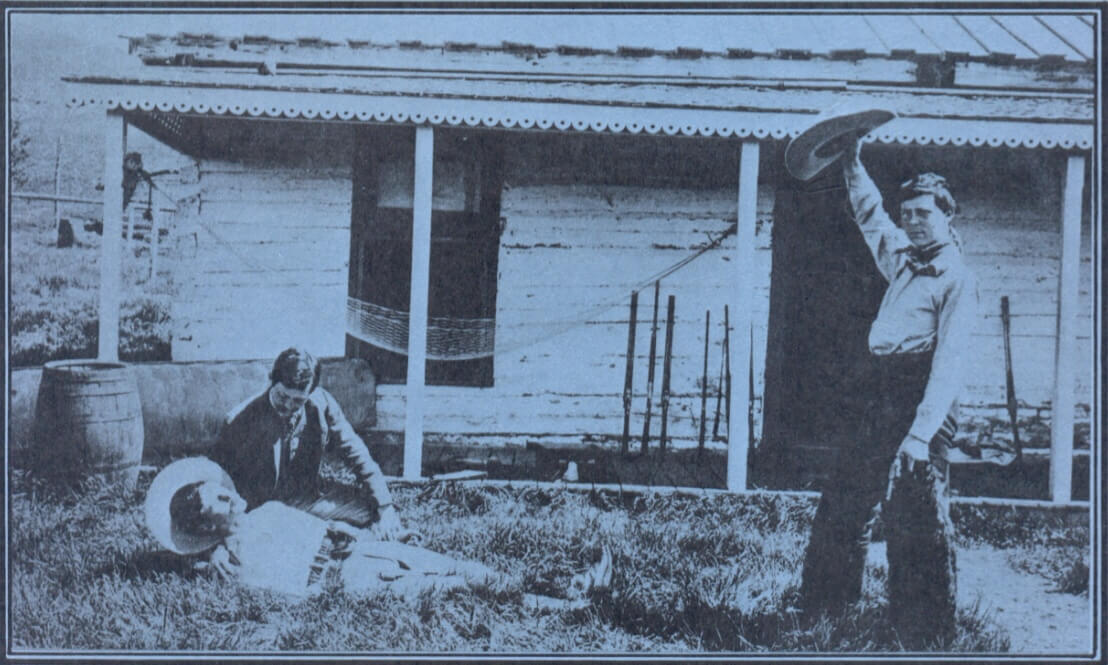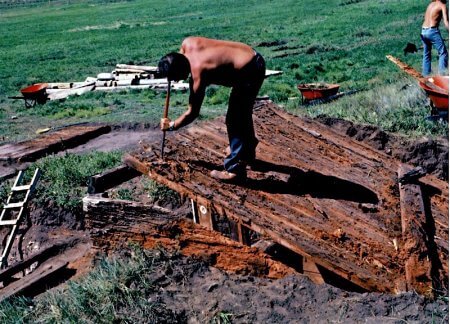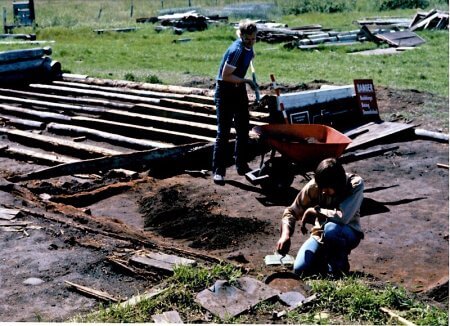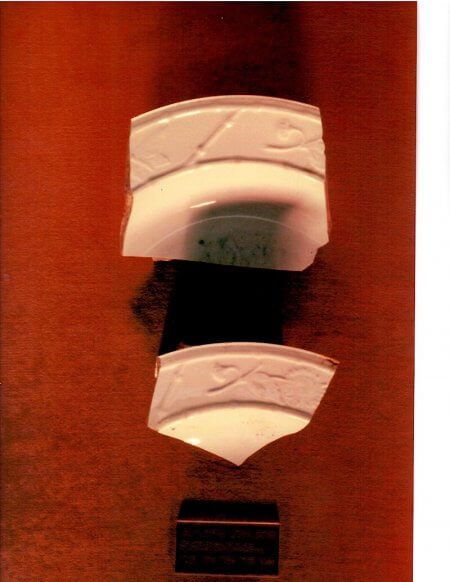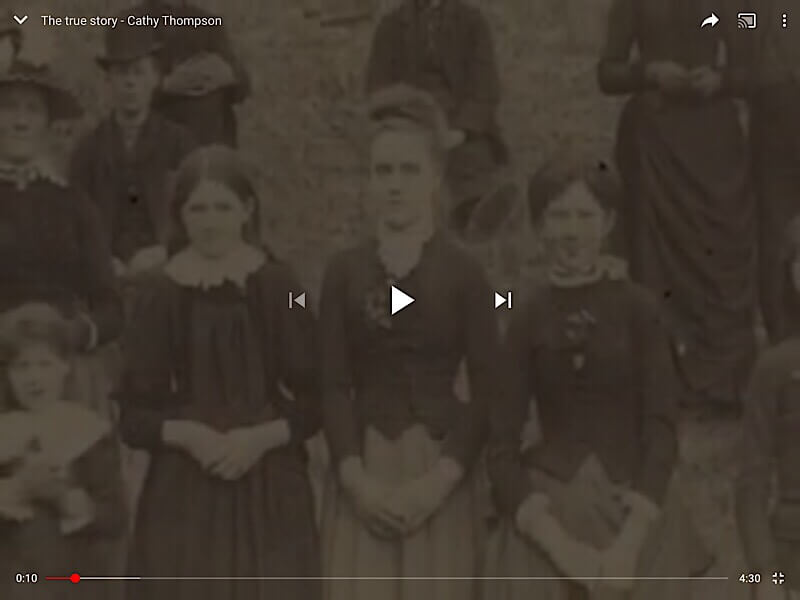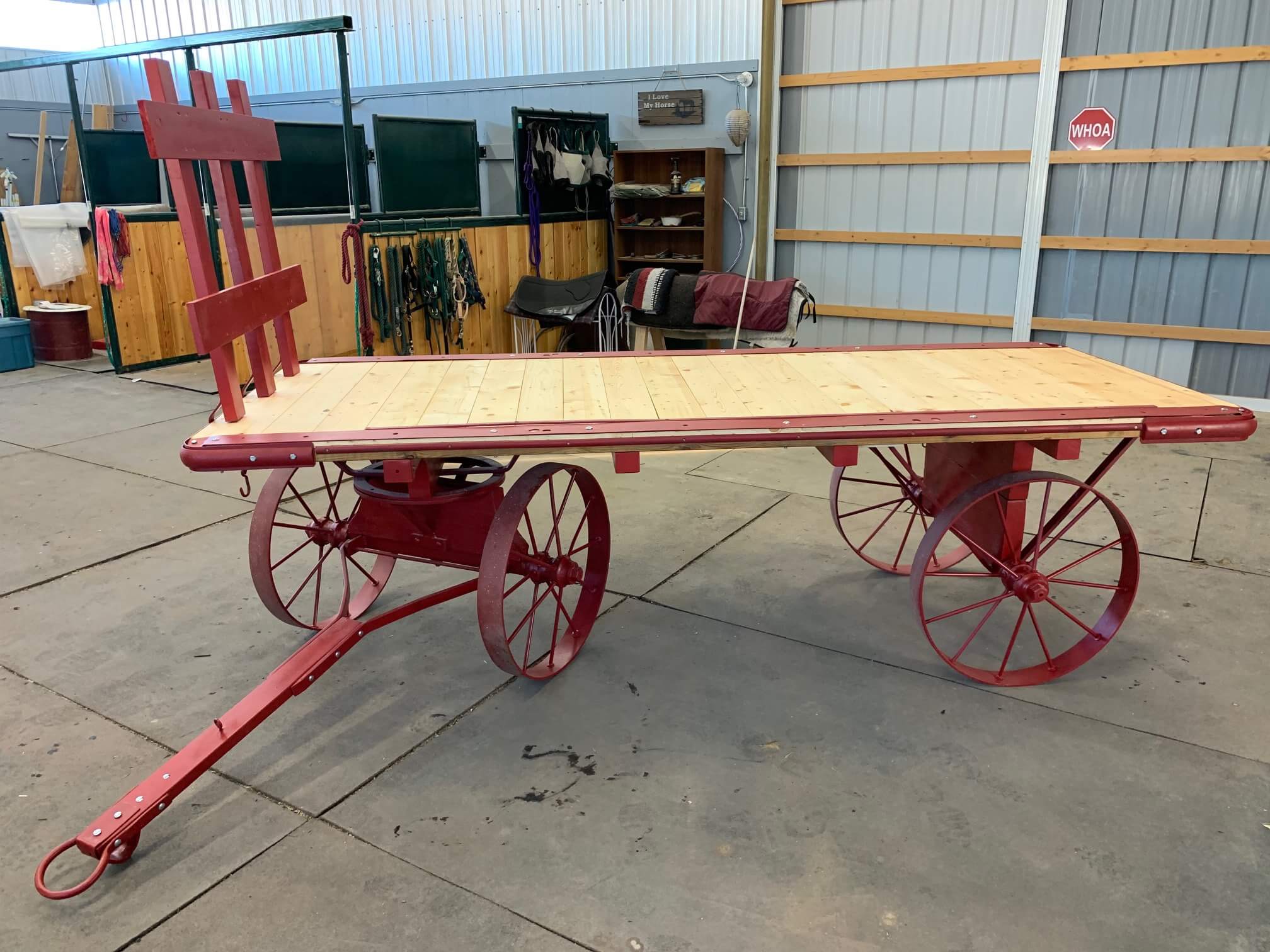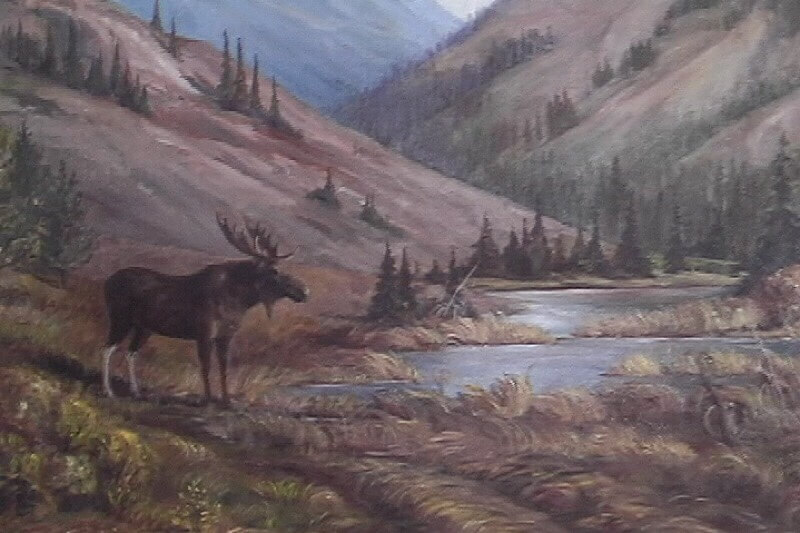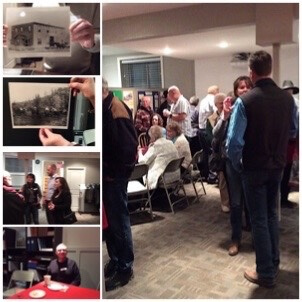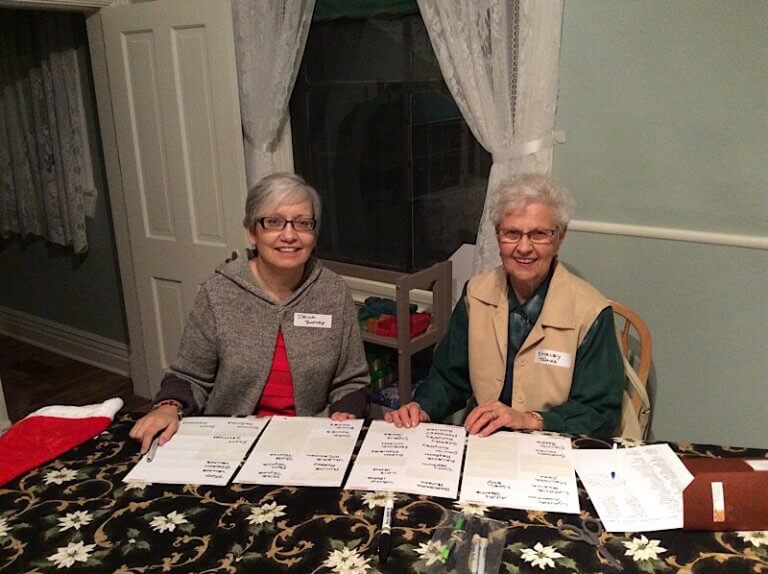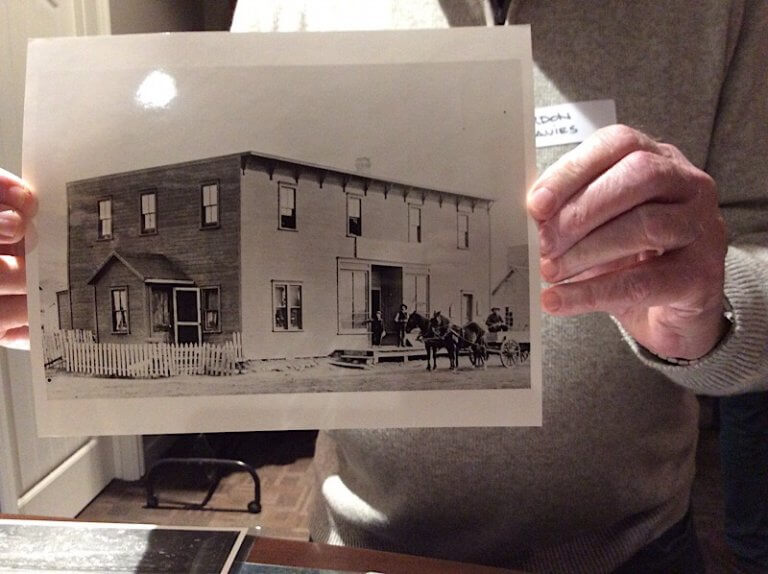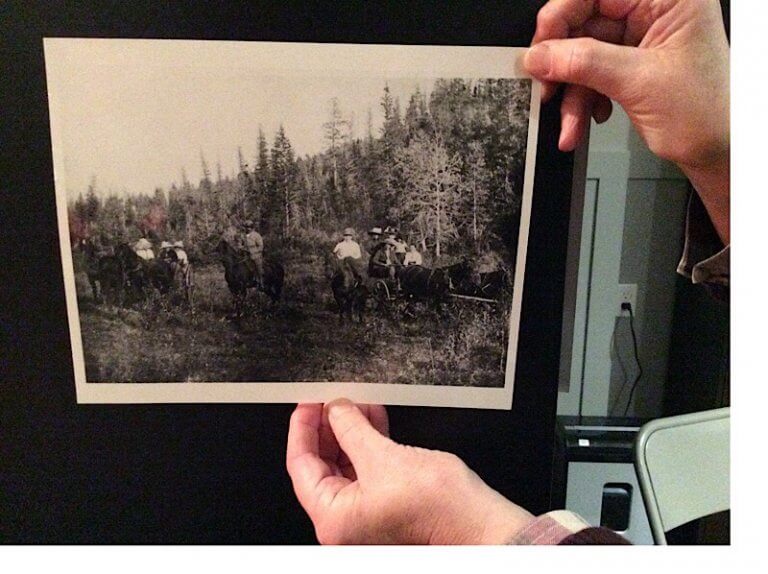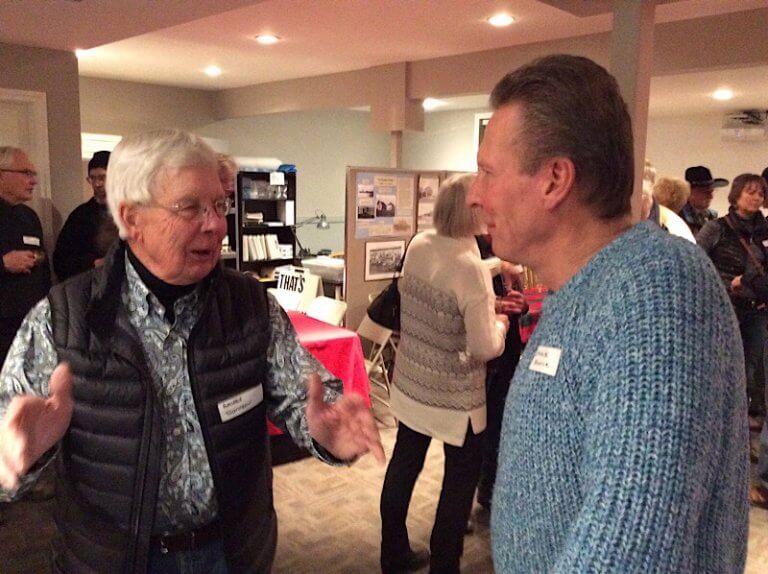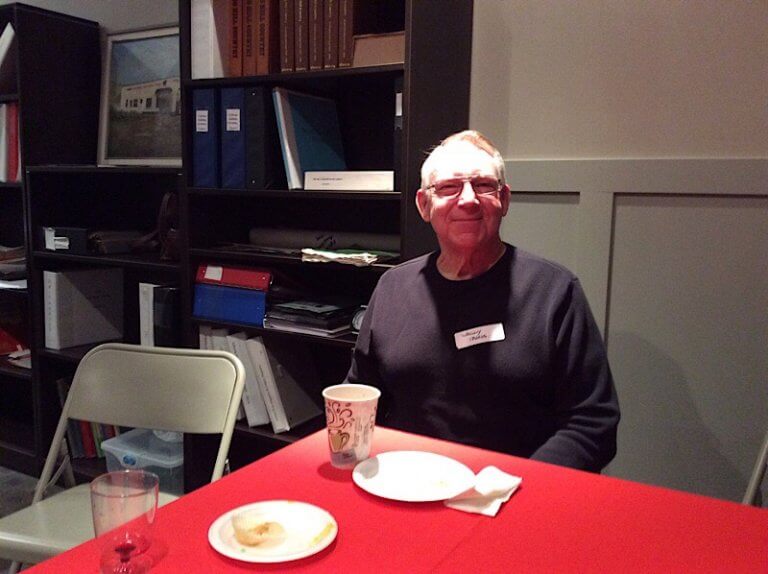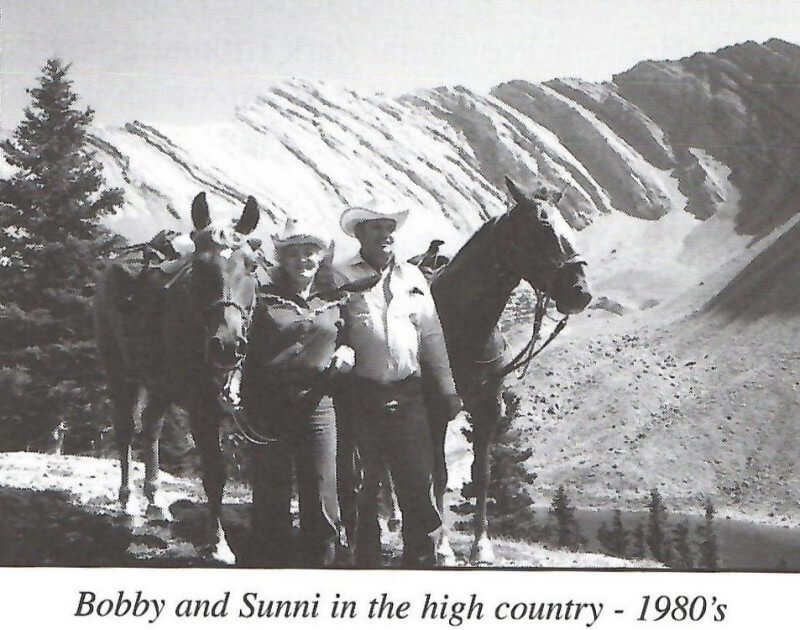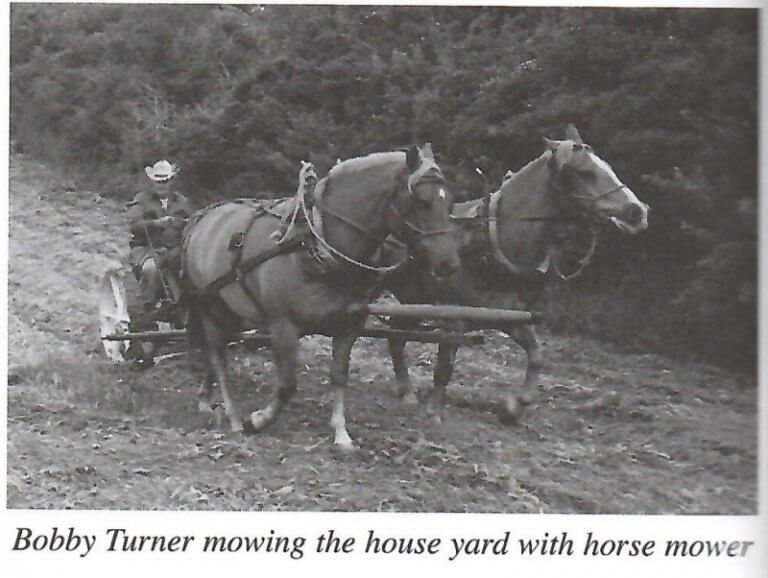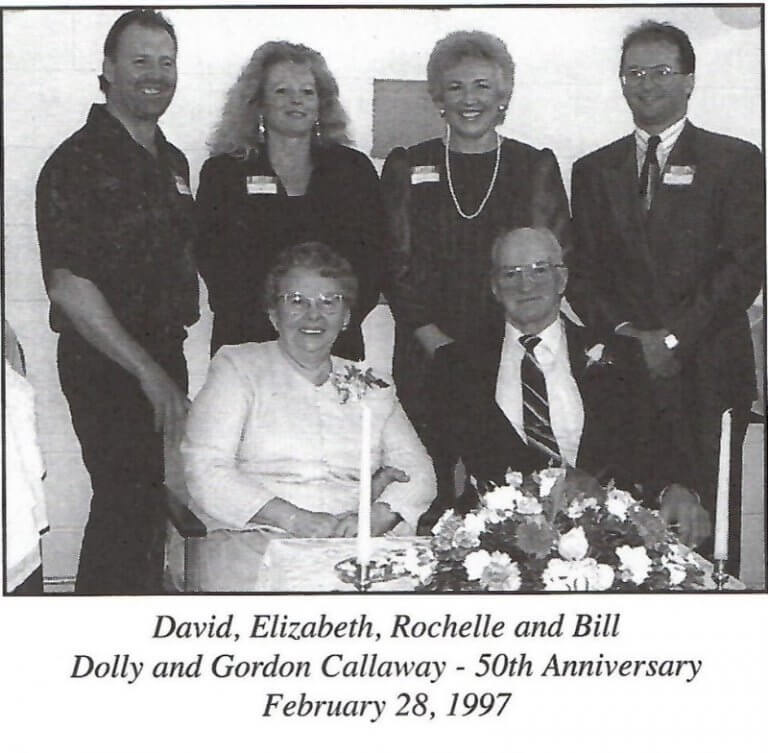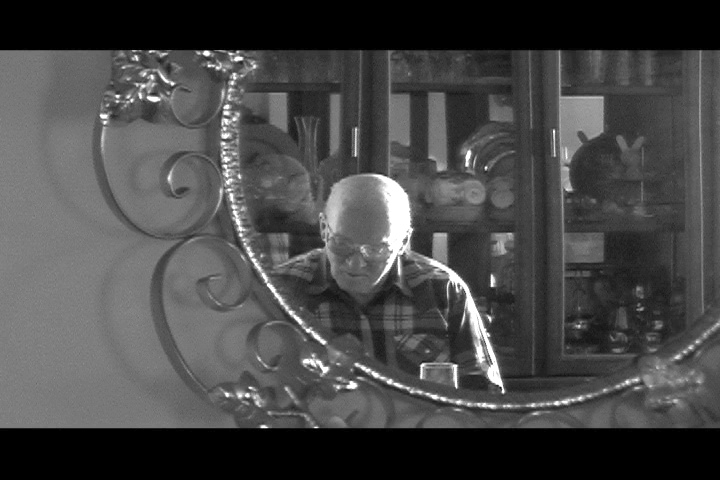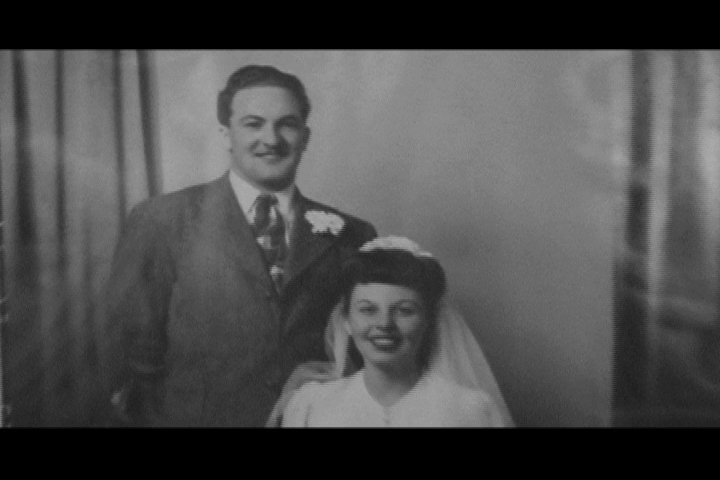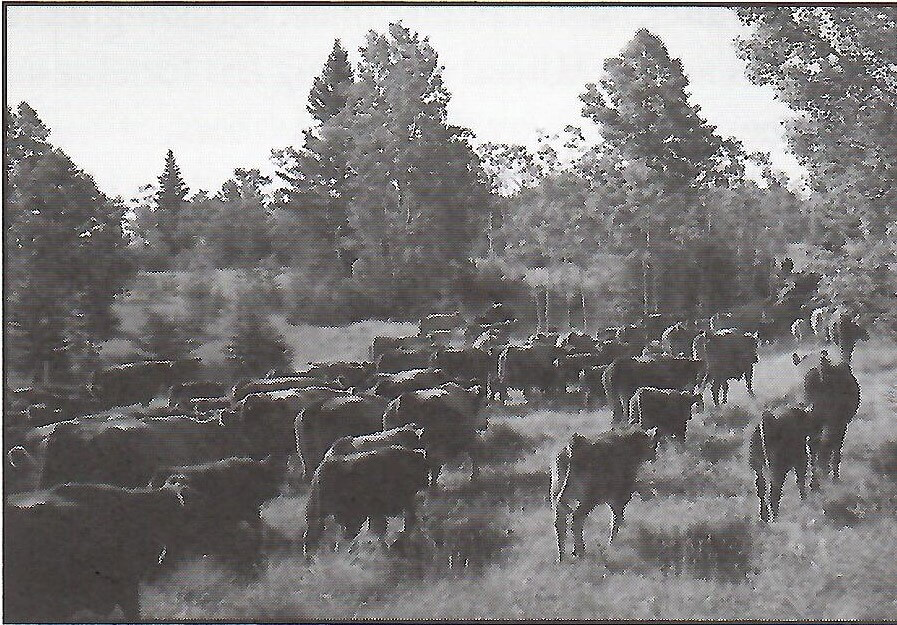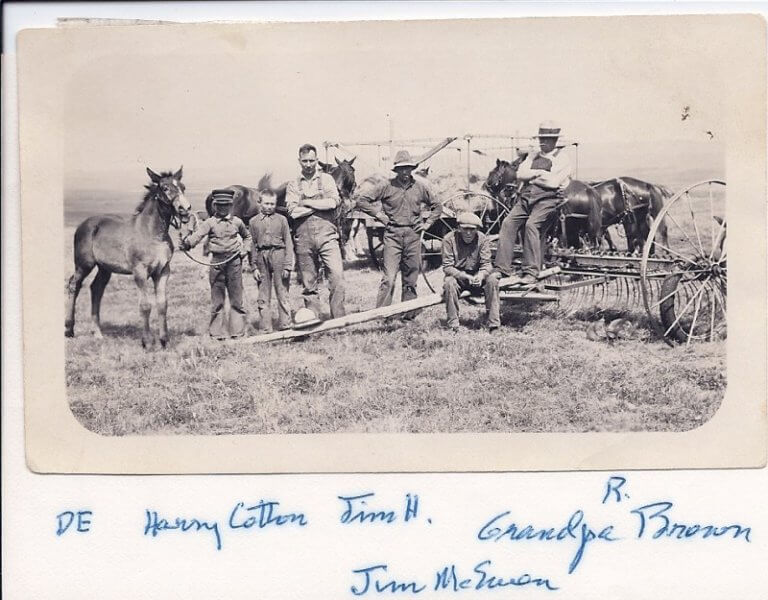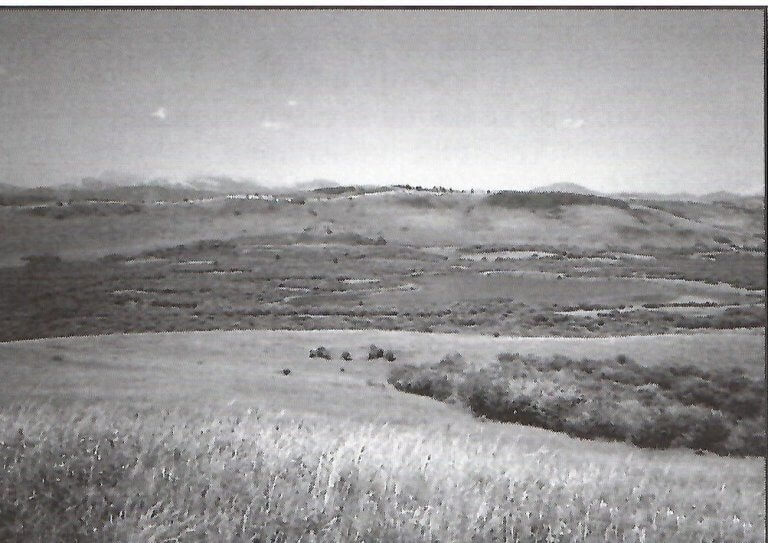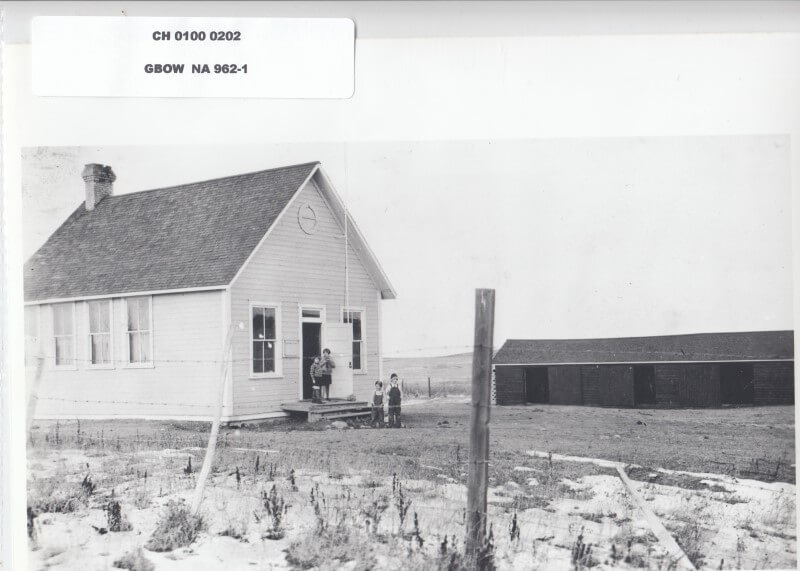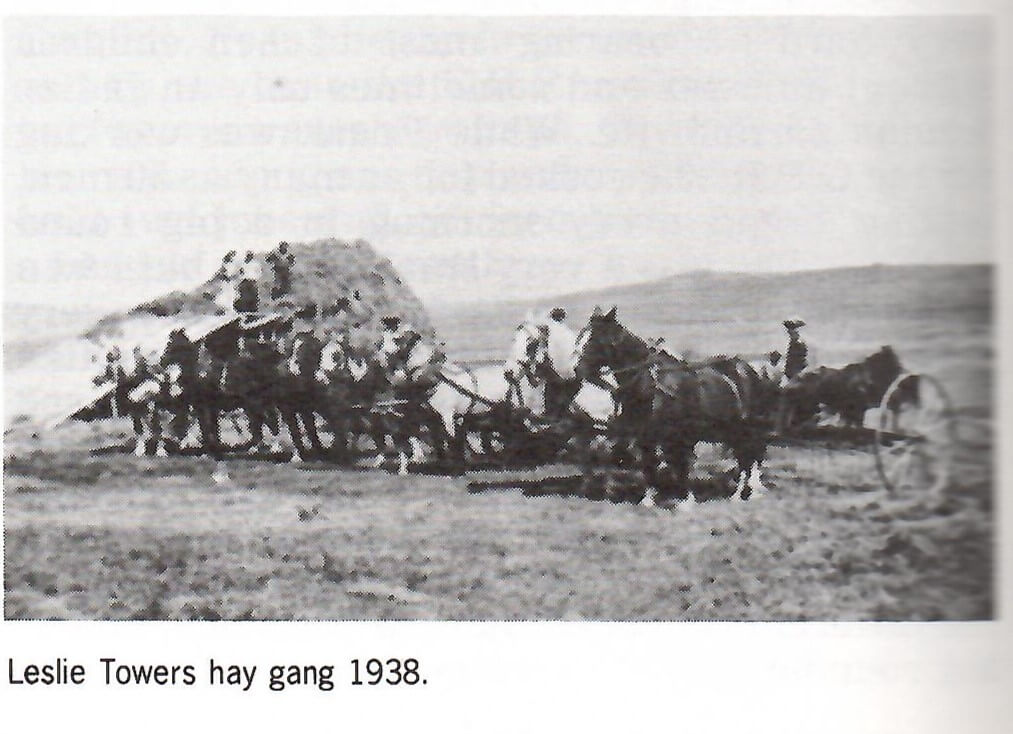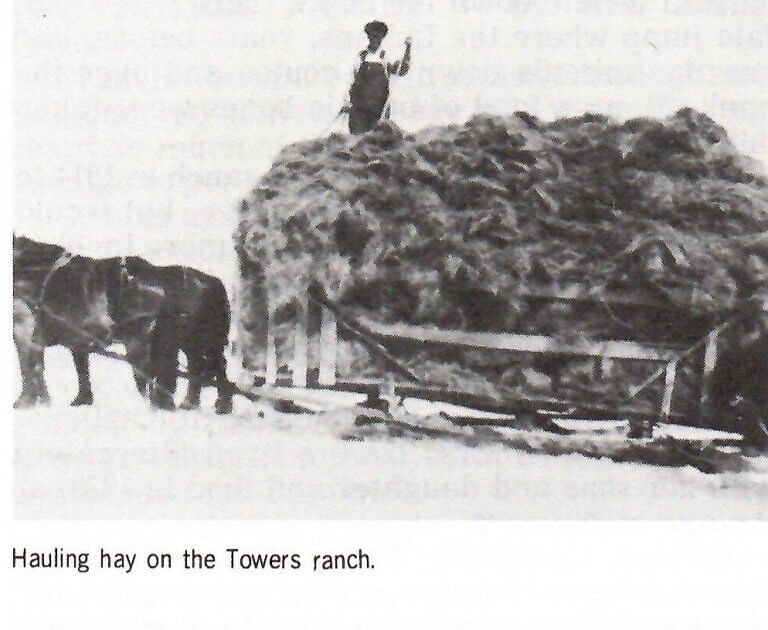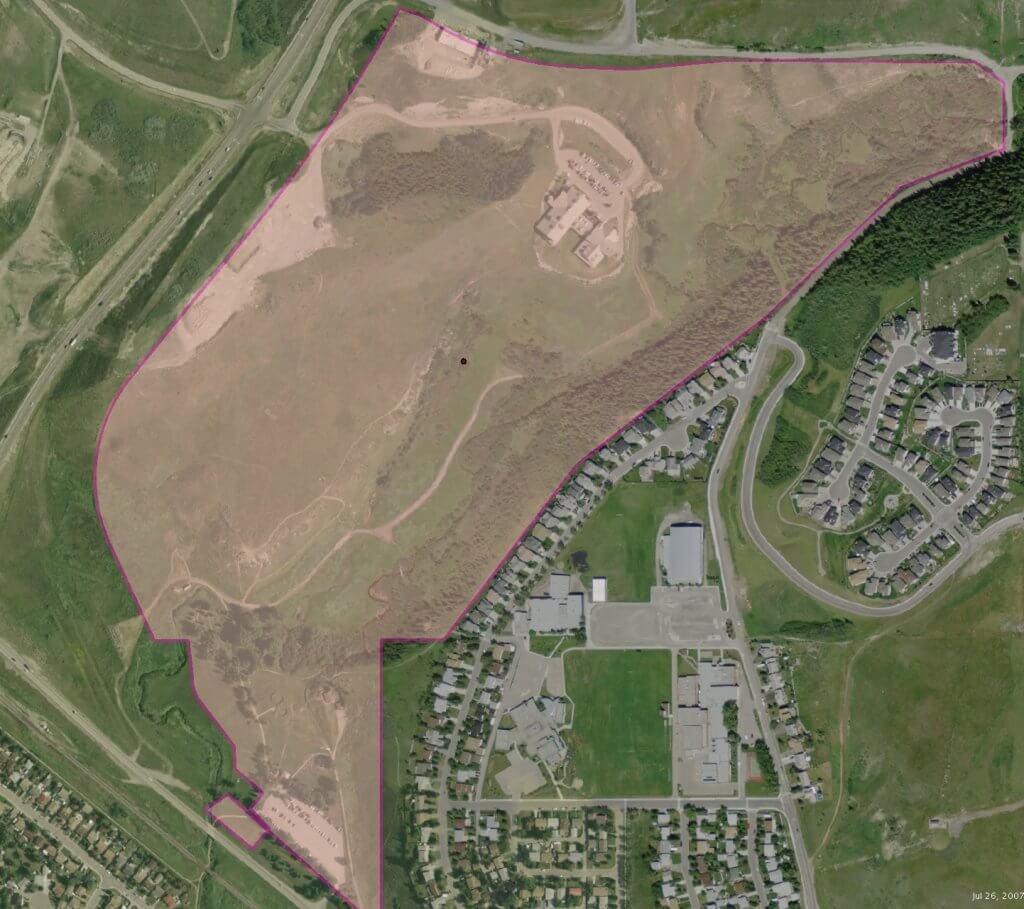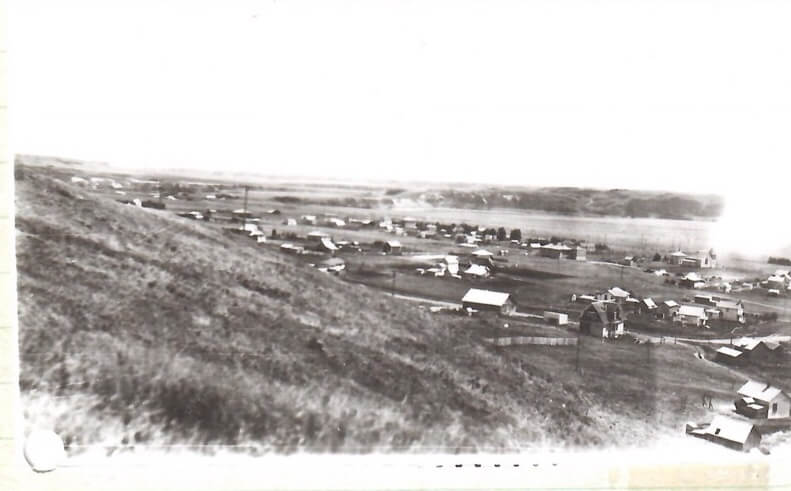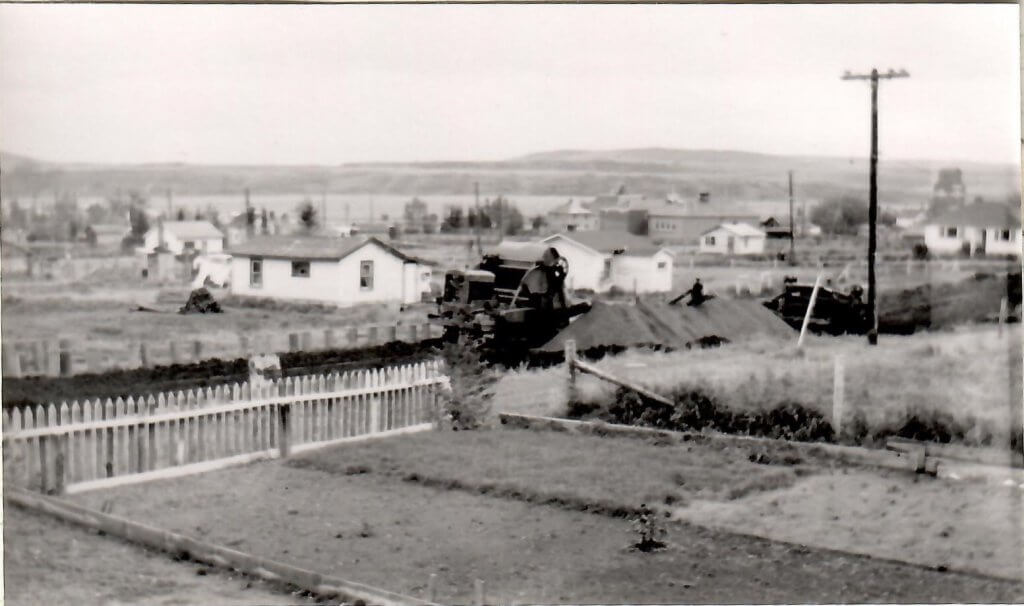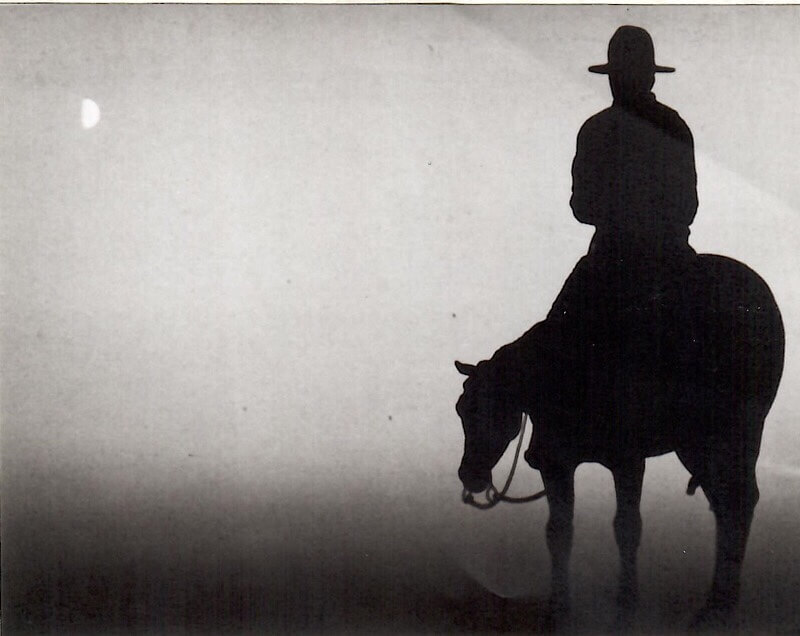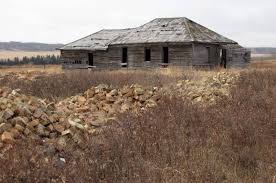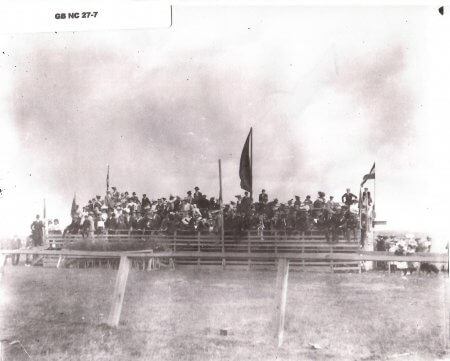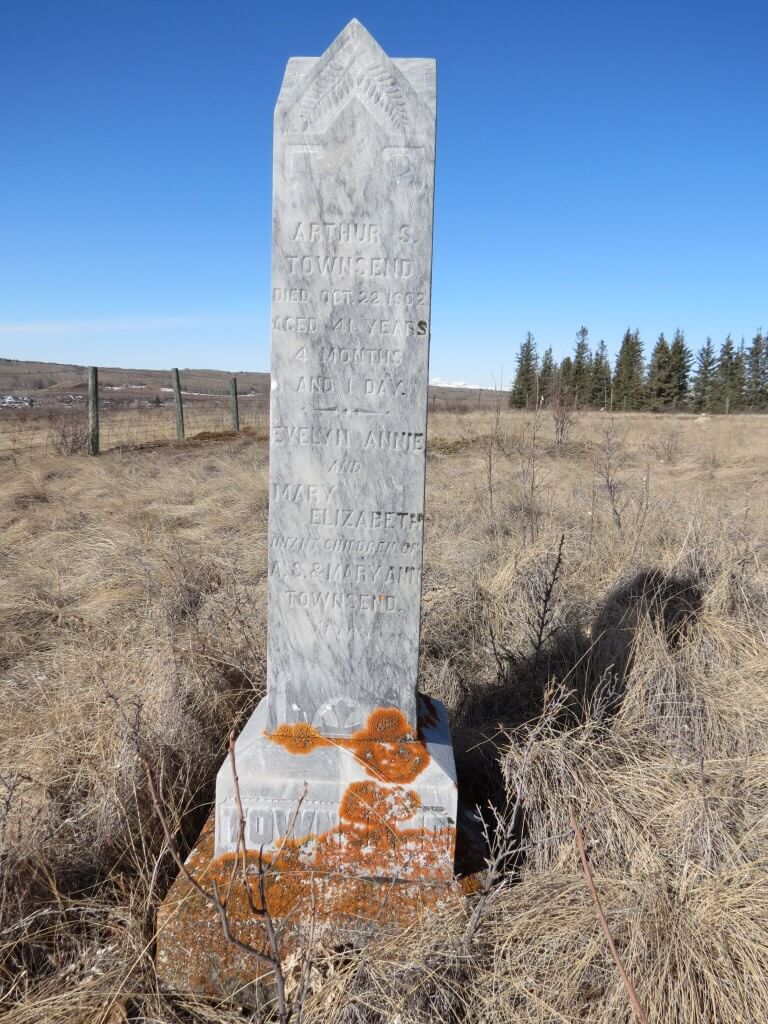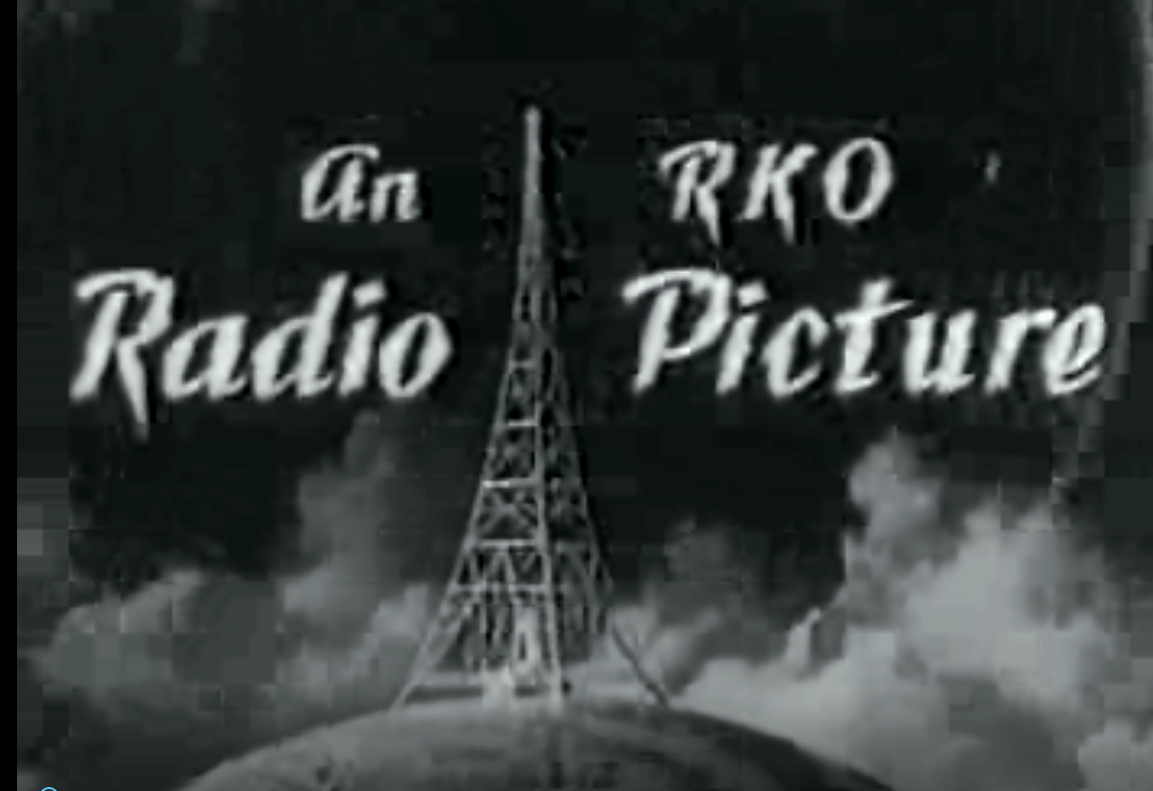1929 – A world wide depression hits.
1931 – Provinces take over natural resources from Federal governments, previously ranch leases issued by Ottawa.
1936 – Federal government institutes relief shipment of cattle.
1939 – World War II begins followed by meat rationing – embargo of beef exports to U.S.
1951 – Highest prices on record – $35.00 CWT, followed by foot and mouth disease outbreak.
1952 – Market Collapse
1953 – First Charlais cattle imported in Canada.
1955 – Canada health of animals initiates National Brucellosis program.
1956 – Rapid expansion in the cattle feeding.
1957 – Canadian Hereford centennial.
1958 – First major custom feedlot, western feedlots, opened in Strathmore, Alberta – producer owned.
1959 – Federal – Provincial record of production established.
1960’s – Building of kill and chill beef plants – especially in Alberta.
1965 – European imports permitted first arrivals 1966. Record cow slaughter and beef production – not exceeded until 1977.
1967 – Canada net importer of beef for first time – hamburger trade at Expo a factor.
1968 – First Simmental from France followed by other breeds from Switzerland, Italy, German, Austria – again followed by explosive developments in A.I. and cross breeding.
1969 – Further expansion of cattle feeding in western Canada due to grain surplus.
1972 – New beef grades established in Canada. Canada pioneers embryo transplants. Montreal beef trades evolved.
1973 – Record high prices – first time calves over dollar/pound.
1974 – OPEC quadruples oil prices – coincident with world over supply of meat followed by a catastrophic price collapse through to 1977.
1980’s – Removal of the “Crow Rate” (a subsidy for shipping grain to the ports for export) spawned the acceleration of the growth of the feeding industry in Alberta.
1990’s – Two major food processing plants were established in Alberta, Tyson’s and Cargill.
2002 – Canada became the third largest exporter of beef and veal represent 15% of all global beef and veal exports in the world.
2003 – Bovine Spongiform Encelphalopathy (BSE) case discovered in one cow in Alberta – Alberta experiences an unprecedented $30 Billion halt of sales due to border closures of seven countries plus the USA to close the borders to Canadian Beef – Canada lost it’s ranking as the third largest exporter of beef in the world.
2004 – Brazil jumps to first place from 4th place and now exports 30% of the World’s beef.
2008 – Canada now represents just 10% of all beef and veal exports globally. At the present time as the beef industry adds significantly to Alberta’s economy, there will be changes in the Industry in the coming years.
